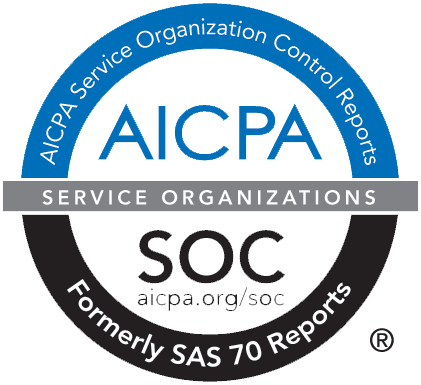Business Continuity Planning is essential for the success of your organization. Every company needs a thorough contingency plan that ensures continuous business operations should any unforeseen, difficult, or catastrophic event occur. Yet many organizations still ignore or put off this important planning because it seems overwhelming or expensive. NetPulse has a proven track record of guiding businesses in developing or updating a viable and affordable business continuity plan.
Don’t delay any longer on something so critical to your organization’s survival and success. Rely on NetPulse for an unsurpassed Business Continuity Plan that fits your business and your budget.
Did you know?
- A study conducted by the University of Wisconsin found that 43% of businesses do not re-open after a disaster; 23% of those that do re-open close within 2 years.
- The U.S. Department of Labor states that 93% of companies suffering data loss close within 5 years.
- Only 35% of enterprises have a regularly-tested disaster recovery plan.
Can your company recover from a physical or technical disaster? From a virus attack or a corrupted database? You can manage such risks with a disaster recovery plan. We will help you sleep better. We believe that planning for the worst is better than hoping for the best.
NetPulse IT consultants take care of your Disaster Recovery needs. We provide complete solutions to keep your small business running smoothly.
Key Benefits:
- Reduce or avoid significant revenue losses
- Protect mission-critical data
- Reduce downtime
- Increase employee productivity
- Resume business and employee activities quickly and cost-effectively following a disaster or other unplanned interruption
|
|
Our Business Impact Assessment service is the perfect choice for organizations that need to determine the overall impact that a disaster would have on their operations and for organizations that want to validate the results of their own Business Impact Assessment. To adequately prepare for and respond to a disaster, it is imperative that businesses fully understand the impact that a disaster would have on business continuity. This service analyzes the impact of a disaster based on its duration and establishes a maximum tolerable downtime for each critical business function.
Developing a Disaster Recovery Plan
Our Disaster Recovery Plan Development service uses the results of the Business Impact Analysis to develop a customized business continuity plan designed to allow your business to continue performing critical business functions in the event of a disaster. The plan anticipates a broad variety of disaster scenarios, including fires, storms, earthquakes, chemical accidents, flooding, loss of key personnel, equipment or system failure, and cyber crime.
To minimize business disruption, we assess the worst-case impact of each of these disaster scenarios on your network infrastructure and business processes and prioritize the areas that are most critical to your company. For each scenario, we develop a recovery strategy that addresses your local and remote workers, customers, vendors, facilities, hardware and software, communication services, support contracts, and lead-times for replacing equipment and services and restoring data. Your recovery strategies will include specific action plans, escalation procedures, and data retention and restoration policies.
Building a Resilient Network Architecture
Network architecture is a crucial element of a disaster recovery strategy because some architectures are far more vulnerable to certain disaster scenarios than others. Resilient architectures are not necessarily more expensive than vulnerable ones and often provide higher performance and availability even in the course of normal, day-to-day operations. For example, if a business has five offices and maintains an in-house data center at the main office, then a fire at the data center effectively shuts down all five offices. Using a remote Data Center or multiple remote Data Centers could not only provide better protection from certain types of disasters but could also offer dramatically faster and more reliable Internet access to the entire business.
Testing a Disaster Recovery Plan
Testing is the critical final step in the business continuity planning process. The complexity of fault-tolerant networks requires rigorous testing to verify that a recovery plan is feasible and that assigned responsibilities are understood. Disaster Recovery Plan testing is the only way to develop the expertise necessary to efficiently and effectively utilize the plan that has been developed and implemented.
Recovery exercises will show whether backed-up data can be usefully restored, alternative connectivity technology provides adequate performance under realistic loads, fault-tolerant technologies perform failover processes as planned, and IT staff knows what is expected. Testing exercises will help you identify weak points in your recovery plan so that you can make adjustments before a disaster strikes. NetPulse works hand-in-hand with your organization to test the Disaster Recovery Plan and verify that you will be prepared to deal with situations that may impact the continued successful operation of your critical business functions.
In addition to disaster recovery consulting, NetPulse’s Microsoft and Cisco-certified experts can help you create an affordable, fault-tolerant network solution that addresses other critical issues covering a broad range of infrastructure technologies and processes including:
- Assessment, identification and tiering of critical, and essential applications
- Application and system SLAs
- Architectural considerations such as replication, backup storage, and hot-site/warm-site failover
- Network resiliency
- Costs, risks, and benefits of various alternatives
- Data Center alternatives to support enterprise production, sub-prod, and Disaster Recovery
- Disaster Recovery roadmap
- Test plans and live failover











